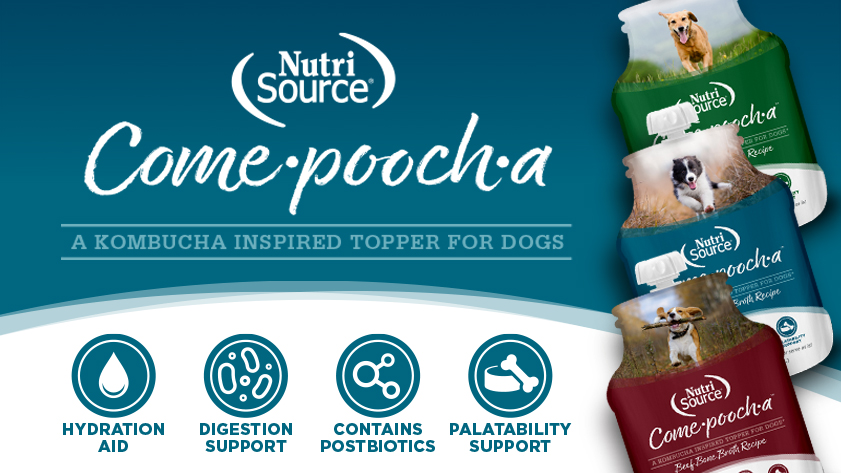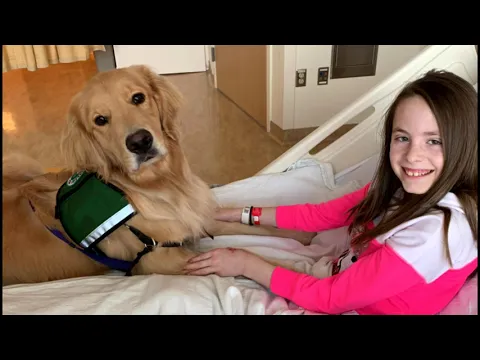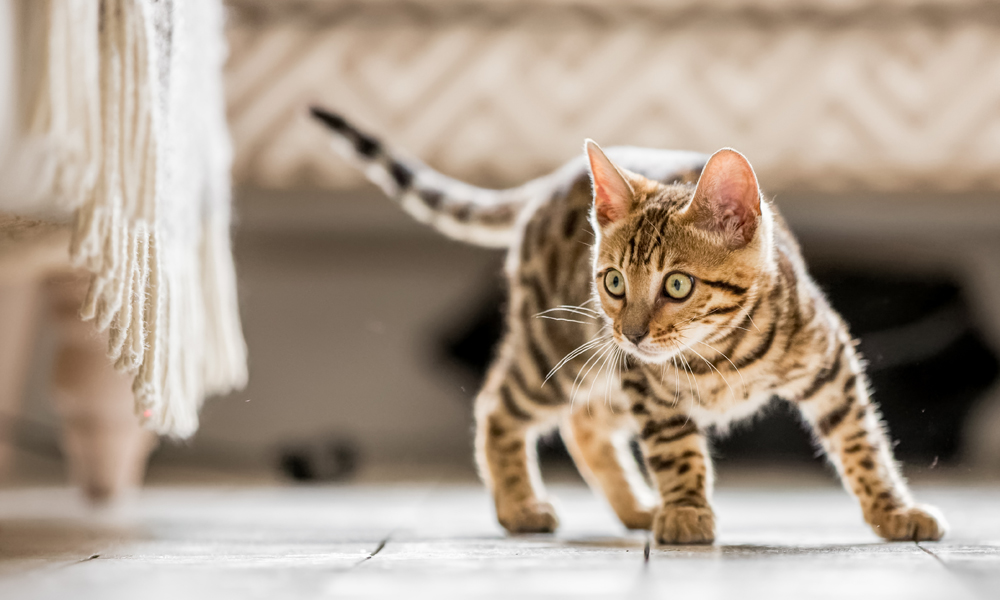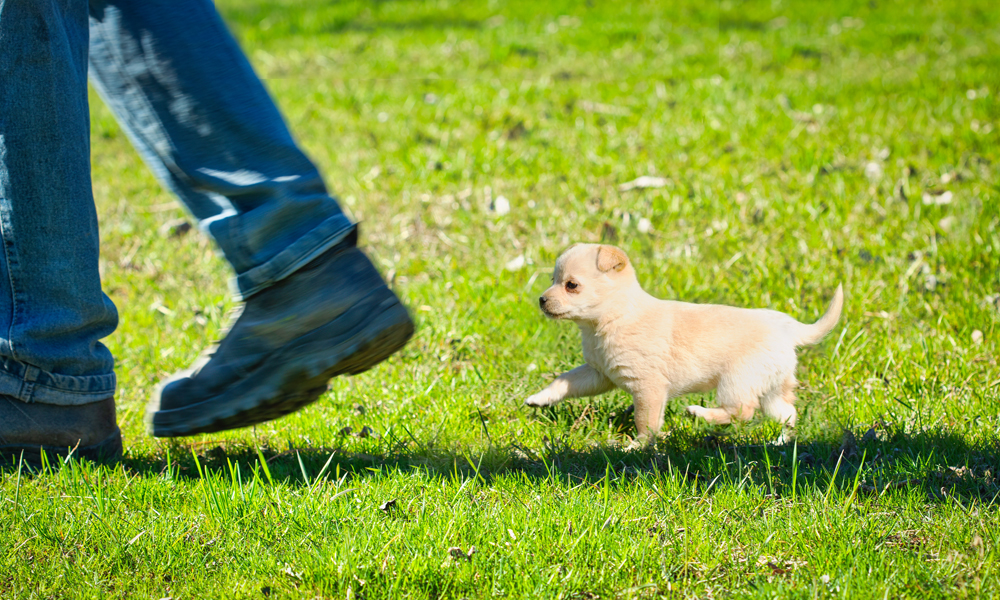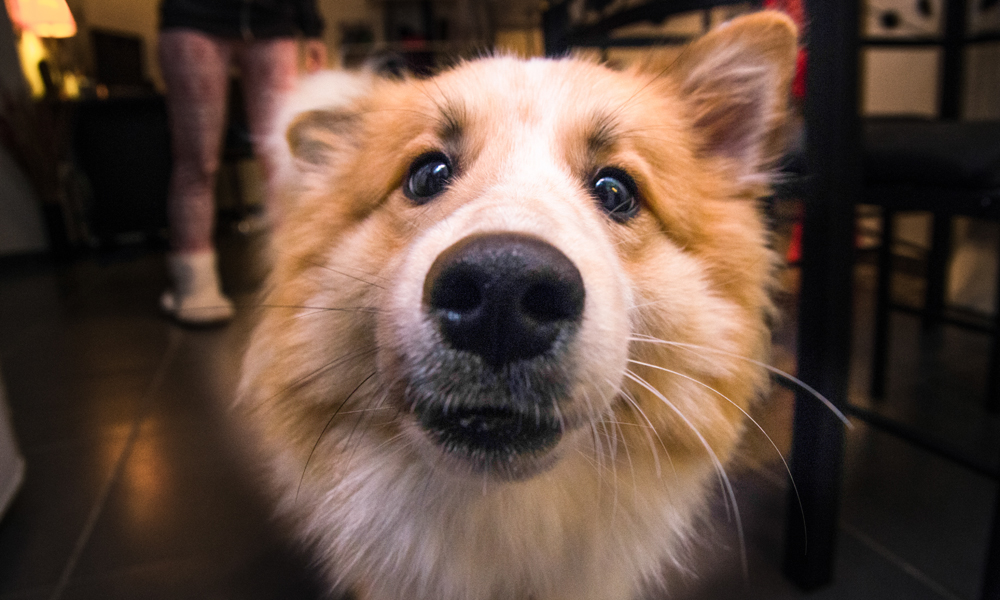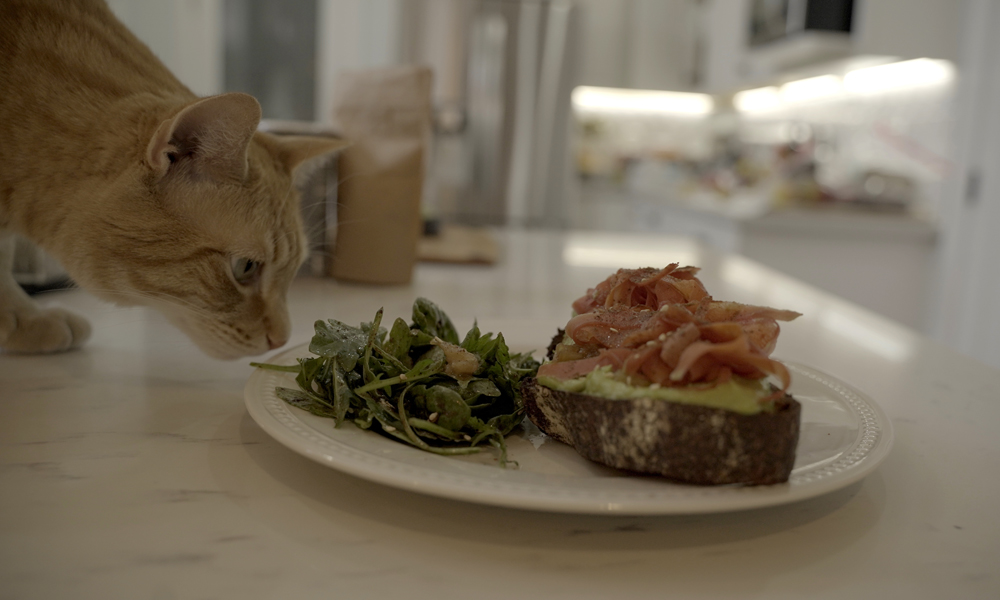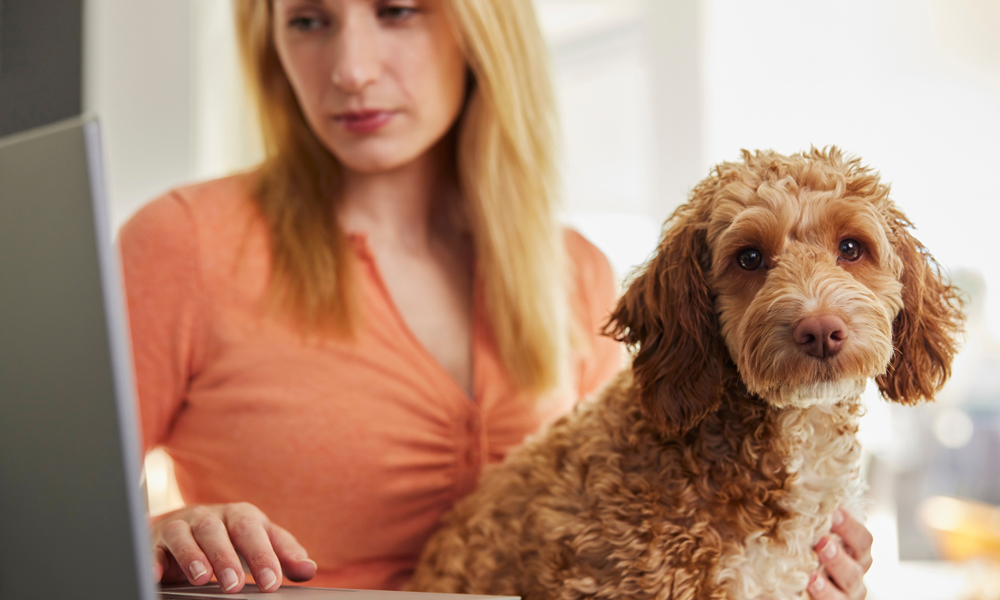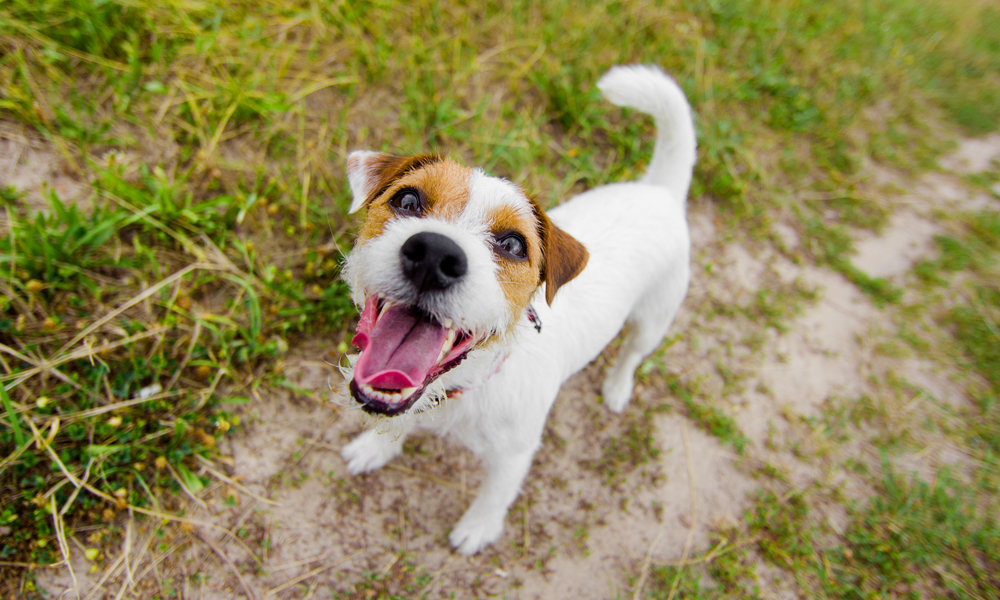![]()
We are committed to independent pet stores.
You won’t find our foods in mega pet stores because we believe innovation thrives in independent stores, where the focus is on health and nutrition.
NutriSource Formula Finder
Does your dog or cat have specific dietary needs? Let us help you find the NutriSource diet that best fits your pet.

NutriSource SuperStars
Giving Program
SuperStars are go-getters, givers and life-changers. At NutriSource, we want to help these SuperStars shine bigger and brighter, so they have the resources they need to do the good they do. We give because we’re grateful for our success. We know we wouldn’t be successful without you. And we want to direct that into causes to care about.
Learn more about the causes we support and how you can be part of our giving.
Brenda Kirby
Laura
Your guide to kitten behavior: What to expect and how to troubleshoot
Kittens love to pounce, chase and bite. These actions appear to originate from their predatory instincts. But these behaviors are important to kitten development, and they help with coordination, bite inhibition as well as social skills.
In this guide, you’ll learn what to expect during their growth and development, followed by a troubleshooting guide to some of the most problematic kitten behaviors, like biting, clawing, and peeing outside the litter box.
Why Does My Dog Follow Me Everywhere?
Do you have a shadow that follows you everywhere, one with four legs, a furry face, and a wagging tail? Dogs are famous for following their humans from room to room. They’ll even take the trouble to relocate their napping spot. So why do dogs follow us everywhere? Here are a couple of possible reasons:
In this guide, you’ll learn what to expect during their growth and development, followed by a troubleshooting guide to some of the most problematic kitten behaviors, like biting, clawing, and peeing outside the litter box.
Why Do Dogs Have Whiskers?
Dogs live their lives low to the ground, and that means their faces are close to everything: grass, backyard creatures, furniture, their human’s legs and feet, the robo-vac. The whiskers that poke out from the dog’s muzzle, the sides of the face, and above the eyes do a lot to help your dog get around their world.
Whiskers are connected to highly sensitive nerve endings, guiding their movements, keeping them from getting bumped or poked, and helping them process their surroundings.
Which People Foods Make Safe Snacks for Cats?
Is kitty craving what you’re having? Before you share, make sure it’s safe. Keep this list handy and be aware of processed foods that have toxic ingredients so you know what’s safe for kitty to snack on.
What pet parents should know about their dog’s anal glands
Anal glands — not a topic you were expecting to research when your dog joined your family, right? But these little oval-shaped sacs on either side of your dog’s anus can become impacted or even infected, causing pain and discomfort, while making your furry friend smell awful as if they were rolling in rotten fish.
Give your dog a fresh start: Focus on dental health
When your dog’s breath is strong enough to melt paint, dental issues — including tooth decay, gum disease, and oral infections — can be a root cause. Because dental issues are prevalent in dogs — some 80% of dogs age 3 and older develop a periodontal disorder — being proactive in the matters of tooth and gum health is a smart thing for pet parents to do.







